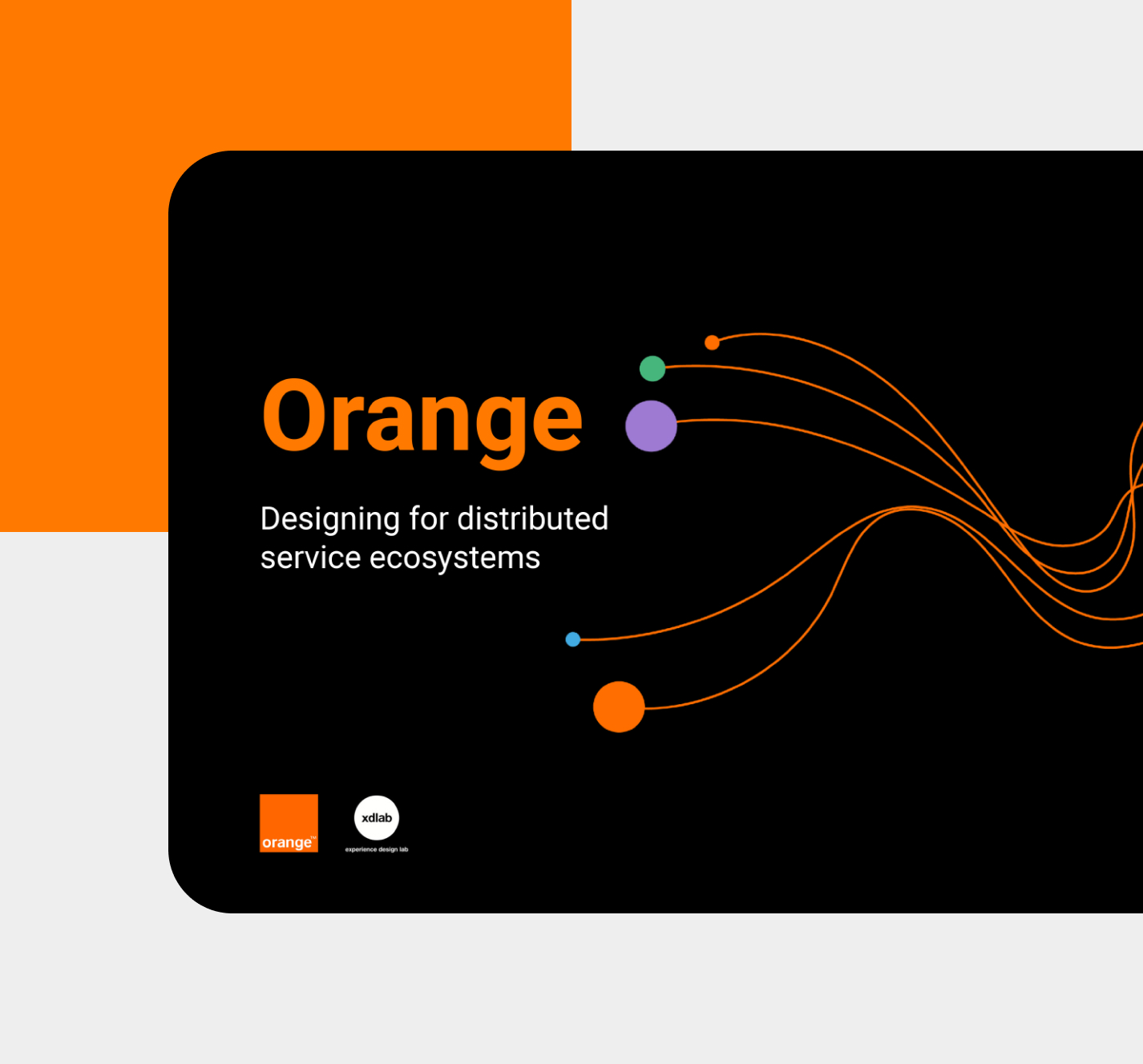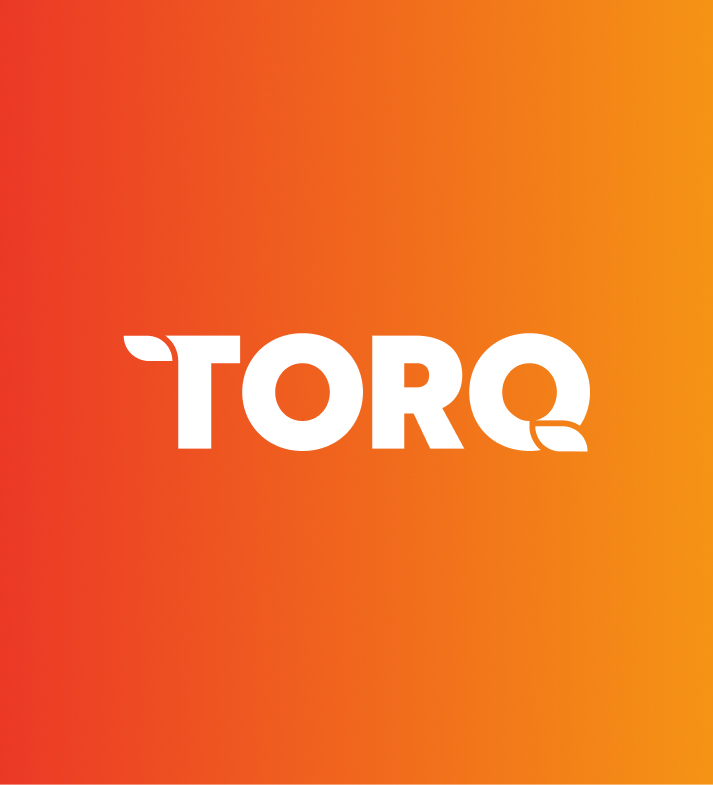Design sprint agency
The design sprint process was developed by Google in 2010 and functions as a time-constrained mega-workshop that aims to rapidly discover issues through interviews, concept prototyping and idea validation. Overall, the process shortens the time of a project without taking shortcuts.
A design sprint is a collaborative process that brings together teams to rapidly ideate, prototype and test user-centred design solutions. Design sprints aim to speed up the design process and deliver solutions for user testing and validation.
Introduction to design sprints
Design sprints provide a very focused and iterative approach to product innovation, fostering creative problem-solving and delivering user-centric solutions within a brief timeframe. The ideal number of participants for the sprint is around seven, and this should include decision-makers from each business area and people with a technical focus. The design sprint process is a collaborative process enabling organisations to rapidly ideate, prototype and validate design decisions. The project team often involves stakeholders alongside a mix of researchers strategists designers and artworkers. The structure of design sprints and the mixed project team involved, enables the design process to be expedited while involving critical decision makers and technical team members. Design sprints should focus on solving a specific challenge, and the approach is geared towards rapid iterative product innovation within the constraints of a fast-paced time frame.
What are design sprints, and why are they important?
The purpose of design sprints is to reduce the risk associated with introducing a new product, service or feature to a market. Design sprints are important because testing ideas and prototypes early in the design process helps to identify and address potential challenges before significant resources are invested in full-scale development.
Why use design sprints?
- Accelerate the innovation process: design sprints quickly move from idea to prototype
- Foster collaboration: by nature design sprints create collaboration across a multidisciplinary team, breaking down siloes and leveraging diverse perspectives from different roles
- Make data-driven decisions: design sprints enable organisations to make decisions based on user feedback reducing assumptions and guesswork in design and development
- Cost-effective approach: enables rapid ideation reducing time spent in early innovation and identifies potential issues and challenges early in the process mitigating the risk of spending time and money on unviable ideas
Design sprints vs traditional design processes
Traditional design processes may create a more in-depth, refined design outcome however this will also require greater time and monetary input. Design sprints are suited to rapid innovation against a specific challenge to generate a new idea. Traditional design methods can then be used following the design sprint to further refine and build out the design prior to development.
The role of design sprints
Design sprints help to drive innovation within the organisation and foster a user-centric mindset. They accelerate decision-making and unlock the value of teamwork, all while saving time and delivering best-in-class solutions.
Benefits of design sprints
Design sprints help organisations minimise the risk of investing time and resources in ideas that may not resonate with a target audience as they encourage early user feedback. This mitigates the likelihood of investing in non-viable ideas and the creation of a framework for teams results in more informed and rapid decision-making. This early feedback for users also enables enhancement to be incorporated into early iterations which leads to more successful user experiences. Design sprints also facilitate the creation of strategic roadmaps for future development and growth.
Supporting your users needs
Accelerates innovation
Creates user-centric solutions
Enables cross-functional collaboration
What’s included in our design sprint process?
Preparation (remote)
In the preparation process, we define the objectives for the activity, define the principles to be transcribed onto posters, review business considerations and identify sprint participants. We might also define user profiles for day 5 testing.
Definition
In the definition phase, we set out a long-term goal, questions and concerns as well as a map of the process of achieving the goal. We create ‘How might we’ statements, organise and vote on these. To broaden our knowledge, we spend 30 minutes asking the experts each.
Conceptualisation
On the third day, we review ideas, create lightning demonstrations and solution sketching.
Prototype development
Next, Make it Clear works up defined user journeys into testable formats and defines an interview script.
Validation
On the final day, the location will ideally be in an observed lab. A member will conduct the interview or test with the other sprint members overseeing and documenting results. We then gather user feedback via the testing session, identify patterns then report on the interviews and create recommendations for the next steps.
The outcome of design sprints
After engaging in a design sprint you can expect:
- Innovative concepts: the collaborative and creative process involved in design sprints will uncover innovative solutions to your chosen challenge
- Greater clarity: Stakeholders will have a shared understanding of the challenge and focus on effective solutions
- Increased time to market: The time from concept ideation to solution on the market is reduced enabling faster response to current opportunities
How much do our design sprints cost?
Our design sprints cost between £5,000 and £15,000.
Why choose Make it Clear
At Make it Clear, we take an evidence-based approach to everything we do. Understanding your organisation, audiences, and the context in which they interact is paramount to the way we work and deliver a best-in-class user experience.
FAQs
Who will be involved in the design sprint?
The Make it Clear team will include members of our research and strategy team, UX and design at relevant stages pending the focus of the sprint. The project will also have an assigned Account Manager as a point of contact and to ensure the smooth running of the sprint. From your organisation, participation will be useful from 1 to 2 representatives from across relevant teams such as customer services, technical teams and product owners. A decision-maker should also be involved. Experts and users will also require involvement at various points within the sprint.
What happens after the design sprint is completed?
Following the sprint's completion, we have several services and packages available to continue supporting the development and implementation of any sprint outputs.
What are the typical outcomes or deliverables of a design sprint?
At the end of the sprint, a low-fi concept will have been created and tested with users. We’ll also provide a wrap-up report outlining the sprint activities and defining the next steps following the sprint's completion.



